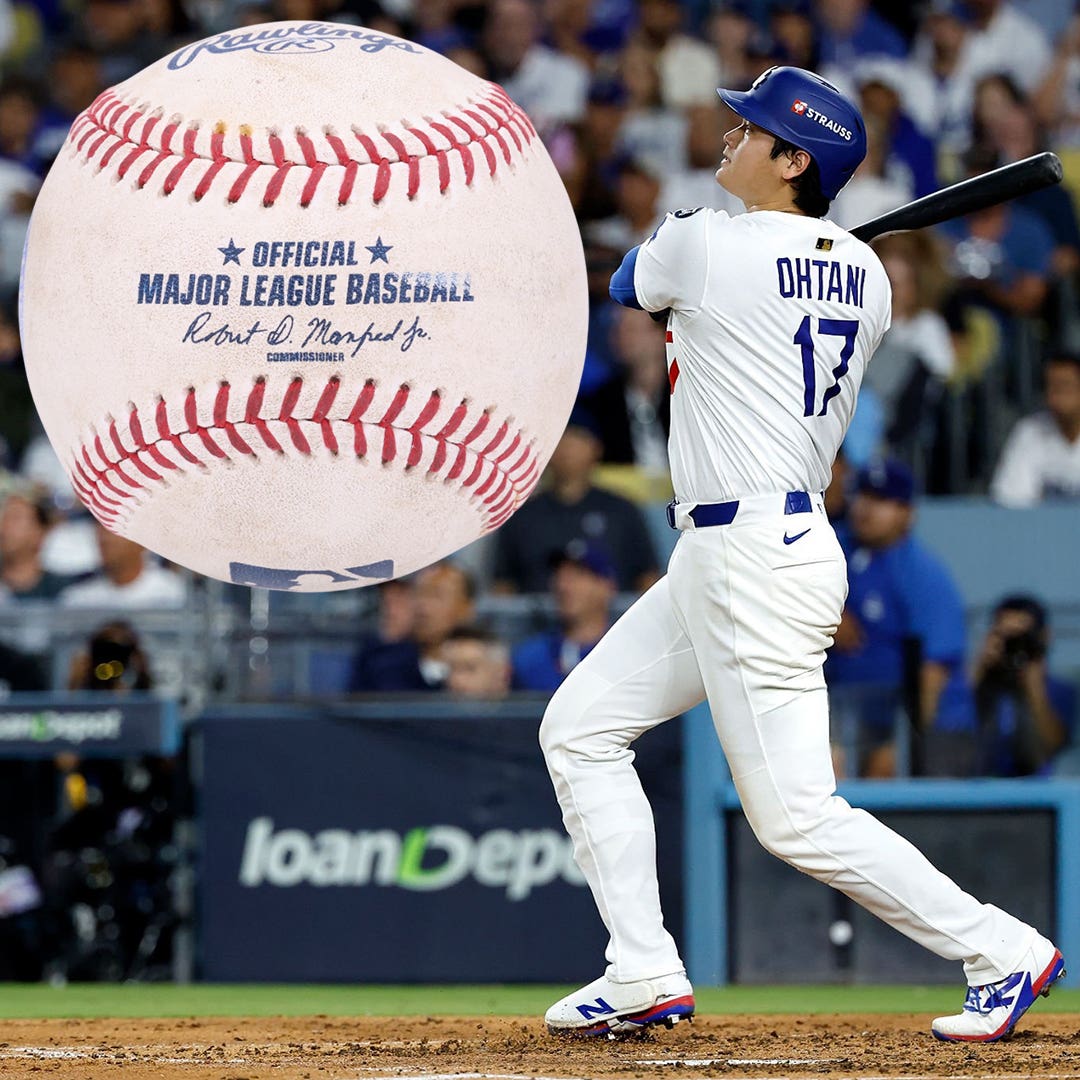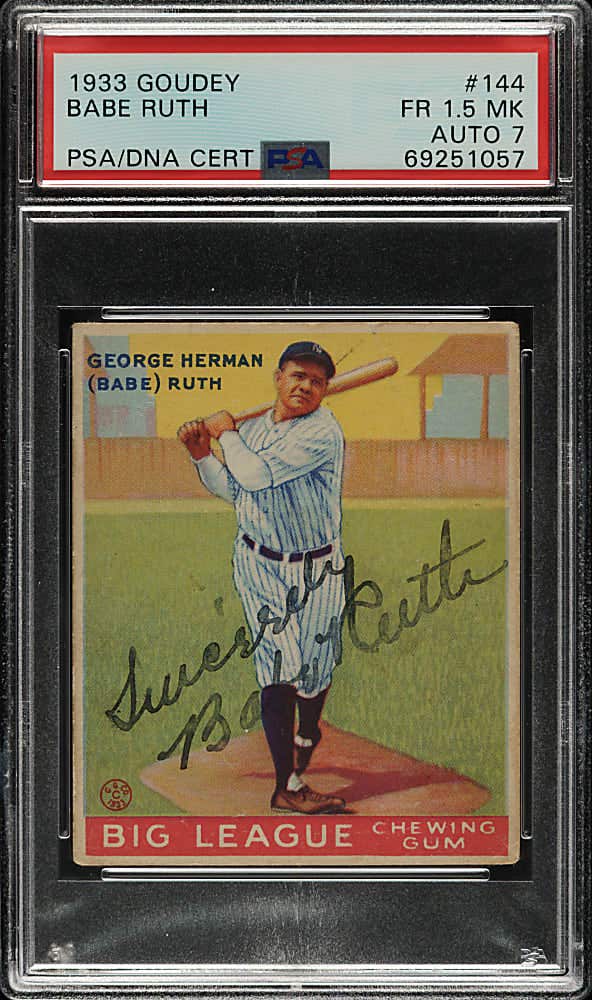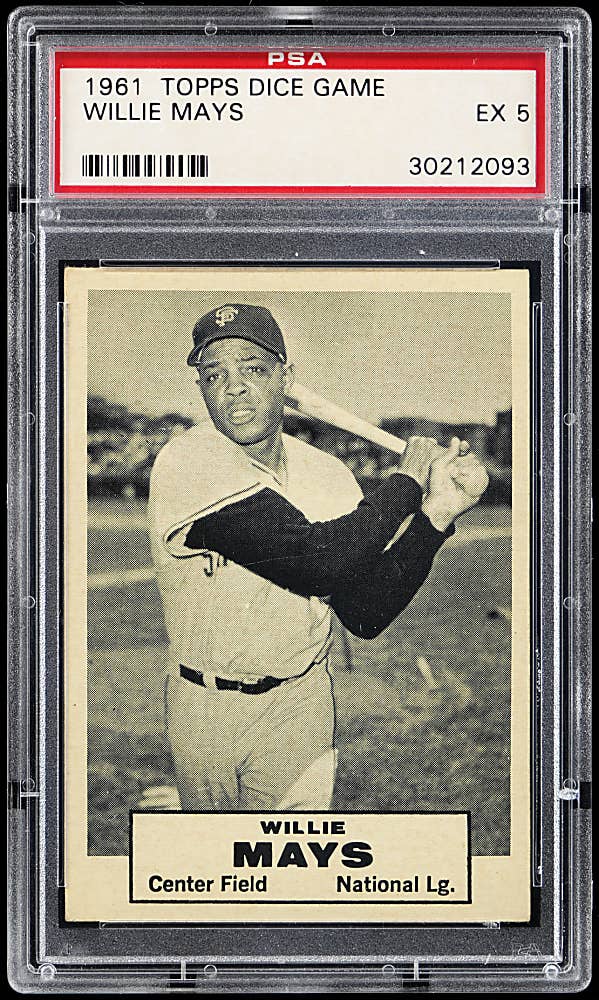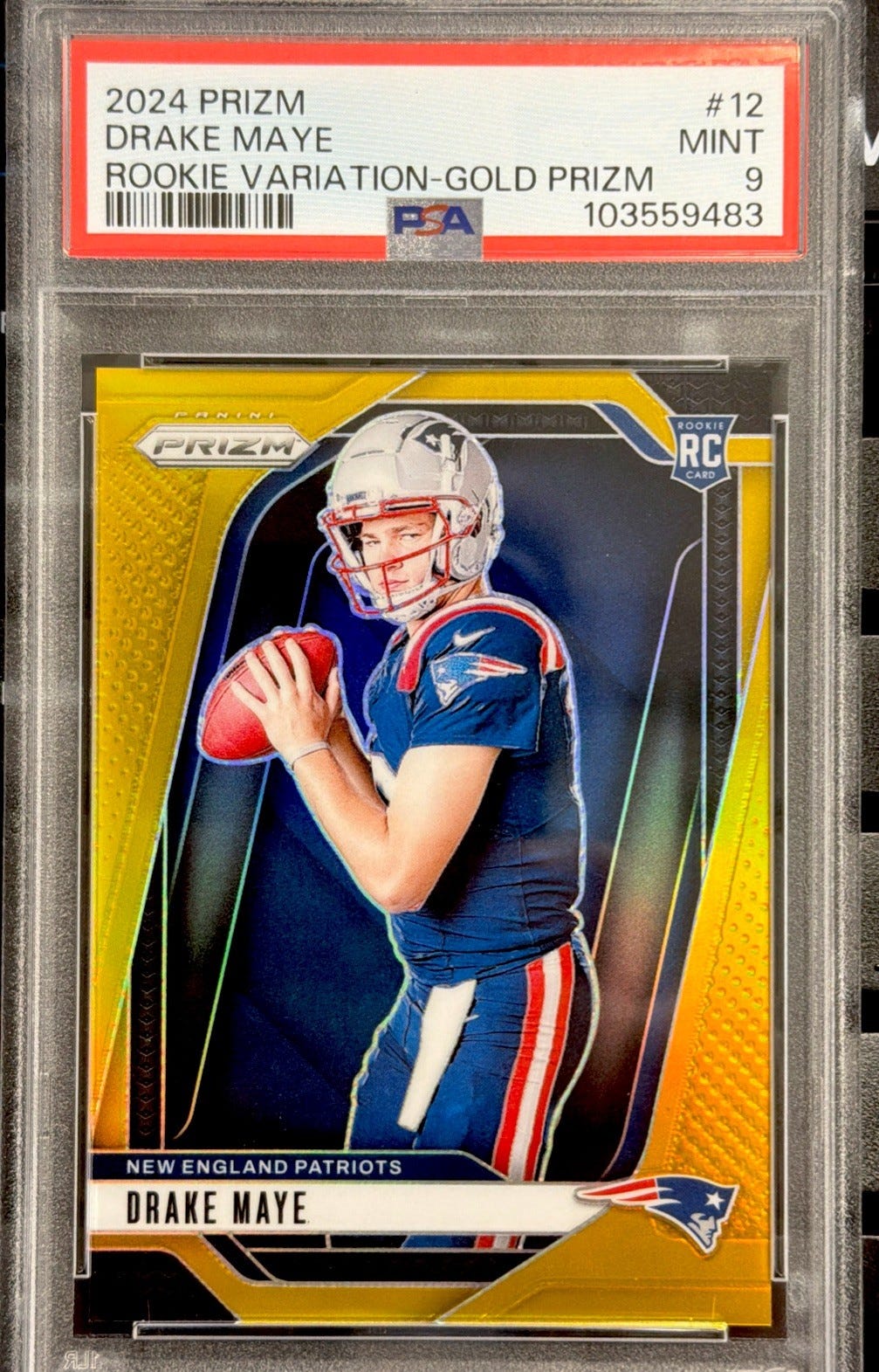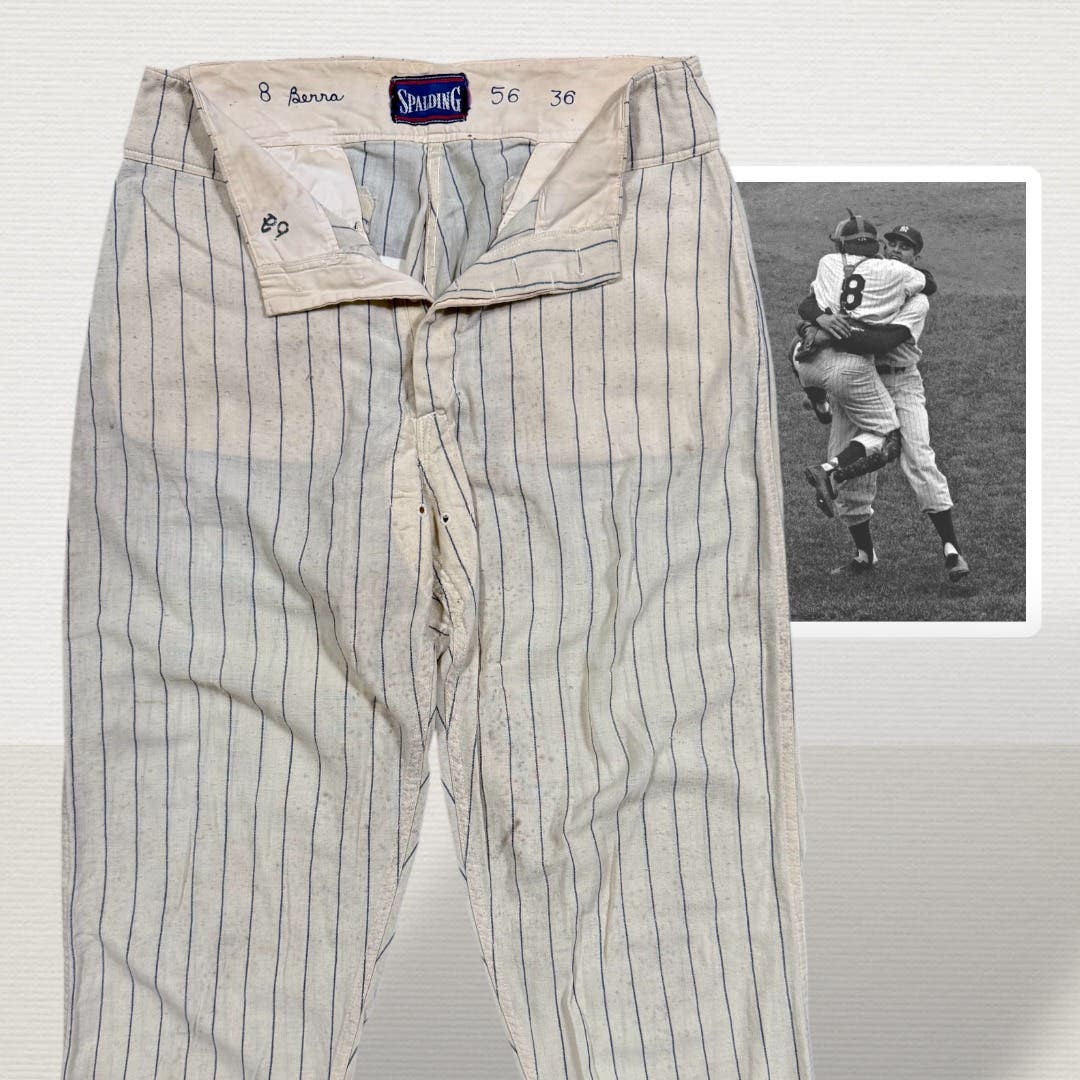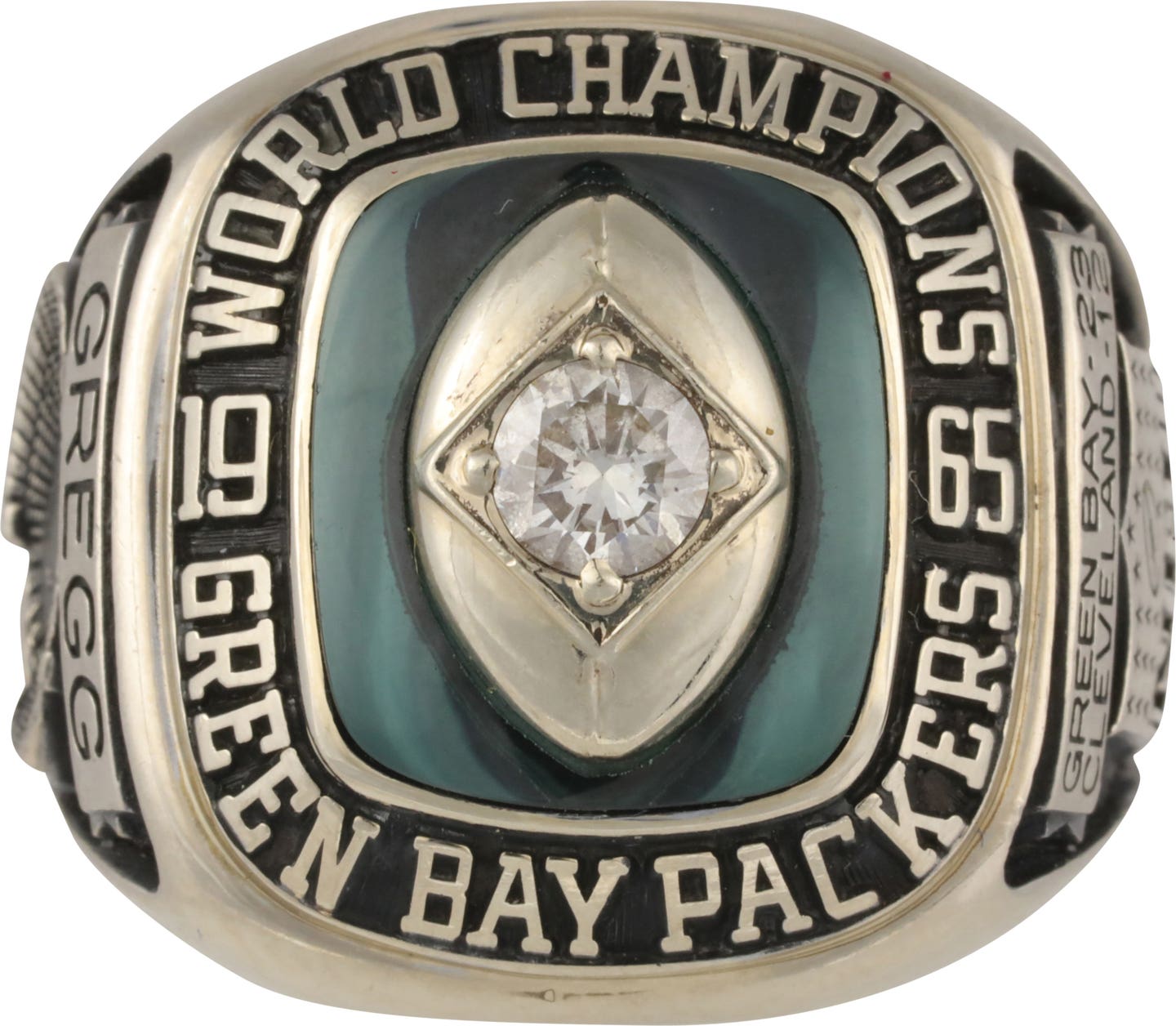Auctions
Auctions use different approaches to ‘get it right’
One of the most significant keys to any successful sports memorabilia auction house is to “get it right,” and to provide everybody involved an honest, quality and interesting product.
About 20 years ago, while working as a consultant for a major auction house, Bill Mastro, now CEO of Mastro Auctions, wanted to “get it right,” but he had to introduce an idea that was unprecedented in the hobby to do so.
Mastro hired Dan Knoll as the first third-party authenticator in the hobby’s history, and indirectly started a phenomenon that has caused solidity, controversy and an evolution that has helped create the passion of collecting sports-related material as we know it today.
Throughout the 20 years of authentication, what some would call an inexact science, one thing has remained the same – the majority of people in the industry would agree that the idea of authentication has always been an opinion. This same consensus would also share the theory that all auction houses are run the same way – they are a venue to take in consignments and offer the public products to the masses.
So, what characteristics separate auction houses in the minds of collectors? According to Troy Kinunen, co-lead authenticator of MEARS, it’s simple.
“It’s the level of expertise that’s associated with that process which separates the auction houses,” said Kinunen of taking consignments. “Expertise is a big part of the authentication. The presentation of the product in each auction house is all very similar, so whoever has the best authentication and expertise seems to do the best in the marketplace.”
Some auction companies use their own experts to write “in-house” letters, others use third-party authenticators, such as PSA/DNA, JSA and Lou Lampson. Only one auction house is signed with MEARS.
For the purpose of this column, I interviewed an auction official from each category of use of athenticators – Dan Schmidt of Hunt Auctions, Rob Lifson of Robert Edward Auctions and Doug Allen of Mastro Auctions.
“MEARS is the best,” said Lifson. “I think they’re the best and by a lot, not a little. I have a lot of experience looking at what they do, looking at all the work they put in to the material, the research they put in. I’m very impressed with the work that they do, and I have experience looking at some other alternatives and I haven’t been impressed.”
Lifson’s annual auction, which took in $8.7 million in 2007, mainly specializes in prewar baseball memorabilia, with additional lots from other sports. He has specific reasons why he chose to use MEARS, the authentication company that’s been in business since 2005.
“They give protection to the buyer that nobody else does,” said Lifson. “It’s a really, really big deal. Does it mean that they’ve never made a mistake? No. But it’s really, really rare.”
Lifson said he likes the way MEARS stands behind every piece the company authenticates, the fact that it discloses all its findings whether the findings are good or bad and the effort the company puts into analyzing each item. Lifson claims that there are still third-party authenticators who only use “feel” as the barometer as to whether they pass an item as authentic or not. He noted that the authentication process has gone through an evolution through the years
“I think that more people are aware that there can be issues with certain aspects of authentication,” said Lifson.
“Surprisingly, for some authenticators, they’ve made great strides, and others haven’t. In the old, old days, before there was a body of knowledge that was well organized and a lot of thought went into it, the dealers and authenticators worked by feel a little more, and that’s not good enough. We’re talking about the opposite of science. Just because someone has a good feeling about a jersey certainly doesn’t make it real. If I’m paying real money for a jersey, I don’t want to pay real money because the authenticator had a good vibe about it.”
According to Kinunen, MEARS uses many different resources when authenticating an item, and “vibe” and “feel” aren’t part of its processes. MEARS has put nearly $1 million into its database of every known jersey that has entered the hobby through an auction circuit, in addition to 70,000 other images that the company has archived.
“When I went to an auction house before I started MEARS, I had an expectation to get it right 100 percent of the time,” said Kinunen. “In order to do so, I had to build the processes of MEARS because I owe it to the auction house to get it right, I owe it to the consignor to get it right and I owe it to the collector. With that, we created the first set of standards and procedures that had never been done before. With that came a real cost. From day one, although the auction houses said they wanted us to get it right 100 percent of the time, they were very resistant to the price change.”
And that cost is one of the reasons Robert Edward Auctions was the only venue to sign on with MEARS in 2008 to use its third-party authenticating services.
As compared to other third-party authenticators, MEARS’ fee structure is much higher. For instance, to have MEARS authenticate a 1987 Ozzie Smith jersey, it would cost the auction house $250 in fees. That’s quite a bit more than any other third-party authenticator charges an auction house to authenticate an item.
According to Allen, price isn’t the only reason why Robert Edward was the lone company to sign with the Milwaukee-based authentication company.
“We basically didn’t feel comfortable with the contract that they wanted auction houses to sign,” said Allen, who for 2008 has started his own team of niche authenticators to analyze the company’s items. “I like MEARS. I think they do a good job, but they wanted access to private bidding records and they wanted to make them available for spot audits. Talking to my attorneys, it was something that wasn’t information my contract allows me to do, nor was it very typical to make that information available.
“The other thing I didn’t like about their contract is that I thought it was overreaching,” added Allen. “In other words, their contract talked about areas outside of their authentication areas. For instance, it talked about what was appropriate to do with baseball cards. I didn’t disagree with what they said was right or wrong, but I thought it was overreaching for them to step into areas that they don’t deal in. That’s like a card-grading company saying, ‘Here’s what we think is appropriate when it comes to alteration on a jersey if you’re going to sell it.’ ”
Also, Allen noted that Kinunen and one of his colleagues, Dave Bushing, also buys and sells memorabilia.
“Another concern is they’re dealers,” said Allen. “Do I want them to see who the underbidder was on a Johnny Bench bat so they can go and sell him that? I’m friends with the guys at MEARS, and I don’t think they would do that, but . . .”
One of the main duties of an auction house is to please their consignors. Lifson noted that by using MEARS, sometimes his consignors are not thrilled with its findings on their items, even if it was for the right reasons.
“Now, we have a lot of disappointed consignors,” said Lifson. “A lot of people think they have something and it turns out to be something different. Jerseys, bats and every kind of equipment imaginable – they’ve bought it as being what they thought it was supposed to be, but when MEARS processes it, they wind up being very disappointed. So, I will say that it’s a double-edged sword, and we do alienate a lot of our consignors.
“But, despite that, the material that we are able to auction naturally does better and is better received by the buyers. We’re offering the buyers the protection that they deserve.”
Schmidt said Hunt Auctions approaches the authentication question in a different way than the previously mentioned auction houses.
“There are times when Hunt offers third-party letters and there are times when we offer Hunt in-house letters,” said Schmidt. “Dave (Hunt) ultimately determines whether additional authentication services are needed and it typically comes down to whether or not the value added to the lot is greater than the additional authentication cost. That said, the consignor can influence how an item is positioned. For example, we have an extremely rare bat in our upcoming FanFest auction this July and, per the consignor’s request, it’s going to come with a letter from both PSA/DNA and MEARS.
“Ultimately, there are different instances for each item offered. Some items, the cost to have it looked at by a third-party authenticator, the value of the item doesn’t merit the cost to have it authenticated. But basically, the knowledge of the authenticators is largely the same as what we have in-house, and that’s ultimately what makes it OK to pick and choose situation by situation what we do with each item.”
Whether an auction house uses an in-house authentication method, MEARS or a different third-party authenticator, I think it’s important to note that each company I spoke with said if there was somehow a mistake on an item that was billed authentic, and it turned out to be not real, they would offer a refund to the winning bidder.
If you think about it, that policy resonates with Mastro’s original theory of “getting it right.”
Check out Chris Nerat’s blog, Gavel Chat at: gavelchat.sportscollectorsdigest.com. Readers may reach him at Chris.Nerat@fwpubs.com or (800) 726-9966, ext. 13452.



